A paper on the realization of a deterministic quantum teleportation protocol realized using superconducting electronic circuits has been puplished in Nature.
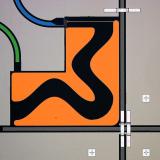
Deterministic Teleportation in Solid State Circuits
- Nature article
- Nature News & Views
- ETH-Life article
- Science News article
- National Geographic article
- Blick am Abend article (in German)
- Limmattaler Zeitung article (in German)
- Tribune de Geneve article (in French)
- Berliner Zeitung (in German)
- The New York Times article
- Aol.On News video
- LiveScience article
- NZZ Campus video interview with Lars Steffen (in German)
- Discover Magazine Top 100 Stories for 2013, rank 25
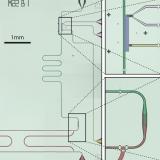
Paper on two-photon interference published
Our letter in which we performed and completely characterized Hong-Ou-Mandel interference at microwave frequencies is published online in Nature Physics.
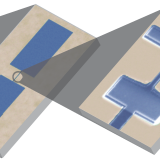
Non-Abelian gates paper published
Our paper describing the first experimental realization and characterization of non-abelian geometric transformations in a superconducting circuit appeared in Nature online.
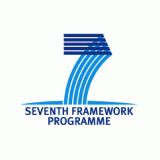
Start of ScaleQIT
Physicists of nine international universities, including the group of Prof. Andreas Wallraff, have established the research network “ScaleQIT” with the aim of advancing the building of a quantum computer, equipped with powerful computer chips from superconductors. The project has been granted 4.5 Million Euros by the European Union Seventh Framework Programme.
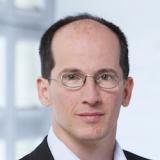
Max-Rössler Prize
Andreas Wallraff wins this year’s Max-Rössler Prize in recognition of his outstanding research at the interface of information technology and quantum physics. The award comes with 200,000 Swiss francs as prize money.


